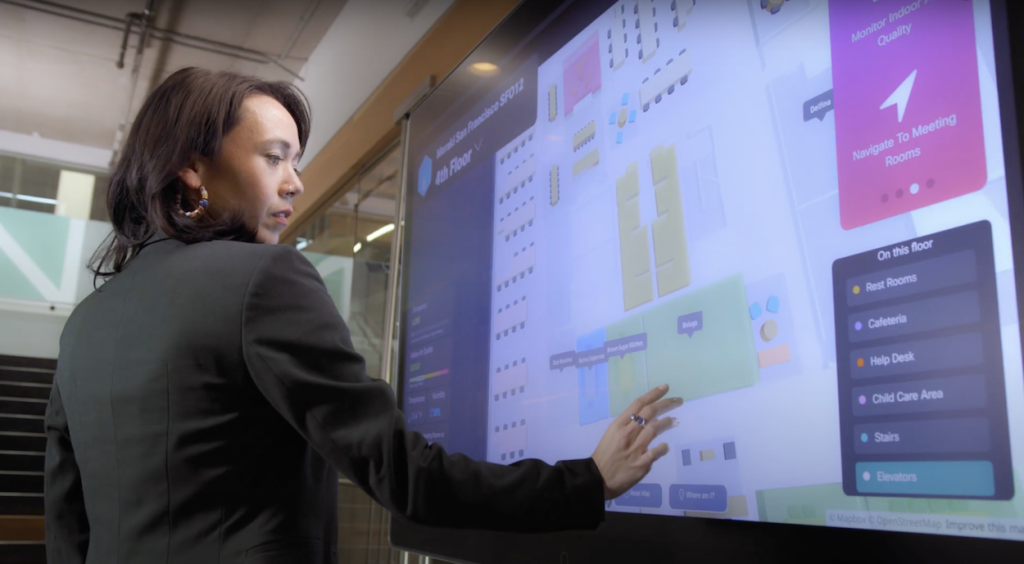
In today’s ever-evolving work environment, the concept of workplace experience has taken center stage, becoming a critical determinant of not only employee satisfaction and productivity but also organizational success. This spotlight on workplace experience spans across industries, embracing the idea that a positive, engaging, and supportive environment is essential for fostering innovation, collaboration, and long-term commitment among employees. Whether you’re a business leader, a human resource professional, or an employee aspiring to contribute positively to your workplace, understanding the significance of workplace experience and knowing how to enhance it becomes imperative.
What Is Workplace Experience?
Workplace experience encompasses the entirety of employees’ interactions with their work environment, including the physical office space and the technological tools available to them. This concept views the workplace not just as a location, but as a space that can significantly influence motivation, efficiency, and overall job satisfaction. A workplace experience manager plays a crucial role in this landscape by carefully designing and maintaining an environment that not only meets the functional needs of employees but also aligns with and promotes the broader goals of the organization. Their objective is to create a space that fosters productivity, creativity, and well-being, ensuring employees feel valued and engaged.
Why Is Workplace Experience Important?
The workplace experience is a pivotal element in shaping employee satisfaction and productivity, acting as a driving force for both individual achievement and overall organizational success. A positive workplace experience can lead to higher levels of engagement, talent retention, and can directly influence a company’s ability to innovate and compete in the market.
Boosts Employee Engagement and Productivity
A positive workplace experience directly correlates with enhanced employee engagement and productivity. When employees feel supported by their environment and acknowledged by their organization, their motivation naturally increases, driving them to perform at optimal levels. This heightened engagement not only boosts individual productivity but also contributes significantly to the overall efficiency of the organization.
Enhances Employee Satisfaction and Retention
Meeting employees’ needs across physical workspaces, technology, and company culture leads to greater job satisfaction, integral for fostering a positive workplace experience. High levels of satisfaction are crucial in reducing turnover rates. Moreover, a workplace known for its positive environment and culture becomes a magnet for top talent.
Supports Employee Well-Being
By prioritizing mental and physical well-being, a workplace can significantly contribute to creating healthier and happier employees. Such an environment not only results in fewer absences but also enhances the overall performance and productivity of the workforce, underscoring the importance of well-being initiatives in the success of any organization.
Adapts to the Hybrid Work Model
A well-crafted workplace experience adapts seamlessly to hybrid work models, fostering an inclusive environment that caters to both in-office and remote workers. Such adaptability ensures that all employees receive the support and resources they need to stay connected and engaged, regardless of their physical location.
Drives Better Business Outcomes
Companies that invest in robust workplace experience strategies frequently witness marked improvements in collaboration, innovation, and efficiency among their teams. These improvements underpin better decision-making processes and enhance customer satisfaction, which collectively contribute to increased profitability and competitive advantage.
Key Elements of a Positive Workplace Experience
Physical Workplace
A well-designed physical workspace that incorporates both collaborative zones and quiet areas can significantly boost productivity by catering to diverse work preferences and needs. The role of ergonomic furniture and smart lighting is critical in this context, as they directly contribute to comfort and well-being, reducing physical strain and optimizing conditions for work. Furthermore, environmental monitoring tools can ensure optimal air quality and temperature control, further enhancing the workspace’s functionality and the overall comfort level, making it conducive to high productivity levels.
Technology Integration
The integration of smart tools such as the Internet of Things (IoT), workplace apps, and collaboration platforms significantly streamlines operations and enhances the employee experience. These technologies enable a more connected and efficient workplace. Platforms like Cisco Spaces exemplify how data-driven decisions can optimize physical spaces and workflows, providing insights into space utilization and employee preferences. This allows organizations to tailor their environments and processes for maximum efficiency and employee satisfaction, ensuring that the workplace dynamically adapts to the evolving needs of its workforce.
Employee Well-Being Initiatives
Wellness programs, flexible work schedules, and mental health resources significantly contribute to employee wellness and performance by addressing the holistic well-being of the workforce. These initiatives demonstrate a commitment to the overall health of employees, reducing stress and preventing burnout, thereby enhancing productivity and job satisfaction.
Employee Feedback Mechanisms
Regular surveys and feedback sessions are crucial for organizations seeking to identify pain points and areas for improvement, as they offer direct insights into employee experiences and perceptions. This continuous feedback loop enables companies to be responsive and make swift adjustments.
Tips to Improve Workplace Experience
- Design Collaborative and Quiet Zones: Create distinct areas in the workplace that cater specifically to teamwork and individual focused work, ensuring employees have the right environment to thrive in whatever task they’re handling.
- Implement Flexible Workspace Options: Utilize hot desking or hoteling systems to offer employees the autonomy to choose where they work, boosting flexibility and satisfying different work preferences.
- Leverage Smart Environmental Monitoring: Employ IoT sensors to monitor and adjust air quality and lighting based on real-time conditions, optimizing the physical comfort and well-being of employees.
- Introduce Mental Health Days: Encourage the provision of designated mental health days to support employee mental well-being, help reduce stress, and prevent burnout.
- Adopt Smart Scheduling Tools: Implement advanced scheduling systems to simplify the process of booking desks and meeting rooms, enhancing efficiency especially in hybrid work setups.
- Host Regular Team Engagement Activities: Organize regular activities such as wellness challenges or team-building workshops to strengthen team bonds and enhance employee engagement.
- Provide On-Demand Wellness Resources: Offer access to virtual counseling and fitness apps to encourage employees to take control of their health conveniently, supporting their well-being on their terms.
- Recognize and Reward Contributions: Develop a structured recognition program to celebrate individual and team achievements regularly, which can significantly elevate morale and motivation.
Enhance Your Workplace Environment with Cisco Spaces
Transform your office into an intelligent environment with Smart Workspaces by Cisco Spaces. Embrace the future of work by integrating cutting-edge technology to locate desks, book meeting rooms, and manage your space with unprecedented ease. Whether optimizing comfort with Smart Rooms that adjust temperature and air-quality or streamlining how employees interact with their surroundings through 3D mapping and indoor wayfinding, Cisco Spaces offers a solution that blends network and experience. Dive into the potential of Smart Workspaces and leverage the power of real-time analytics and IoT innovation to create a workspace that’s not just smart, but also sustainable and employee-centric.
Explore Smart Workspaces and unlock a new dimension of workplace strategy that aligns perfectly with the demands of a hybrid workforce.


